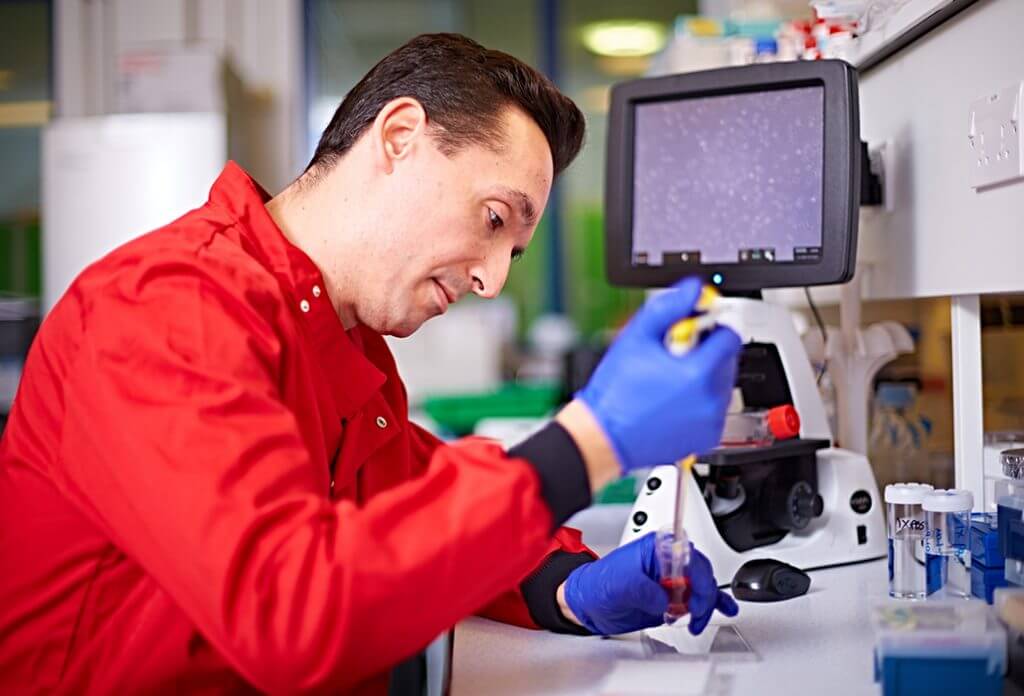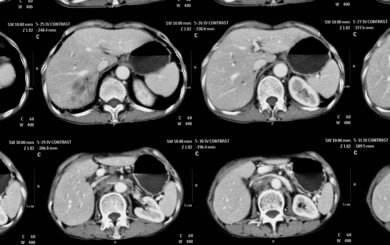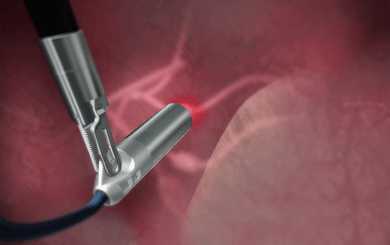Ground-breaking research, announced ahead of World Cancer Day 2021, proves that scalp cooling physically protects hair follicles from chemotherapy drugs. It is the world’s first piece of biological evidence that explains how scalp cooling actually works and the mechanism behind its protection of the hair follicle.
The study, entitled‘Cooling-mediated protection from chemotherapy drug-induced cytotoxicity in human keratinocytes by inhibition of cellular drug uptake’, has been published in the peer-reviewed journal PLOS ONE.
The data was part of an innovative hair follicle research project carried out by the dedicated Scalp Cooling Research Centre based at the University of Huddersfield. It involved the cultivation of cells isolated from human hair follicles in the lab.
The £1 million Scalp Cooling Research Centre was established at the University in 2019 with the backing of Huddersfield firm Paxman – global leaders in scalp cooling technology.
The team of experts in biology and design technology have been working together with the aim of Paxman becoming the only hair loss-preventing scalp cooling provider firmly based on biological research. It also brings the family-run business one-step closer to achieving its vision of ‘zero hair loss’ for cancer patients undergoing chemotherapy treatment.
Chemotherapy works by targeting all rapidly dividing cells in the body. Hair is the second fastest dividing cell, and this is the reason why many chemotherapy drugs cause alopecia. The hair follicles in the growth phase are attacked, resulting in hair loss approximately two weeks after the commencement of chemotherapy treatment.

Co-director of the centre and lead author of the journal article is Dr Nik Georgopoulos, a cancer expert at the University’s Department of Biological Sciences who has collaborated with Paxman since 2011.
“Scalp cooling is currently the only treatment to combat ‘chemotherapy-induced alopecia’, yet little is known about its cytoprotective effect on human hair follicles,” said Dr Georgopoulos.
Before now, he explained, the most common and obvious presumption to describe how scalp cooling worked was that as the scalp is cooled, the veins become constricted thereby reducing the amount of blood flow, meaning less of the chemotherapy drug enters the hair follicle.
“However, this is a really exciting discovery because our research now shows it is not as simple as that.We were able to measure how much chemotherapy drug goes into the cultured cells from hair follicles and what we have found is that cooling actually dramatically reduces the amount of chemotherapy drug being absorbed by the rapidly-diving cells of the hair follicle,” he added.
This means there is now evidence for the first time, which demonstrates cooling has a direct effect on reducing the amount of drug that goes in and is not an indirect effect as thought before with the restricted blood flow.
“Our results provide evidence that attenuation of cellular drug uptake represents at least one of the mechanisms underpinning the ability of cooling to rescue human keratinocytes from chemotherapy drug-cytotoxicity, thus supporting the clinical efficacy of scalp cooling,” he added.
In addition to providing evidence of how the treatment works, the Centre has also been working on developing innovative scalp cooling-related treatments and individual 3D-printed cooling caps. This has involved a collaboration of researchers from across two of the University’s schools of study, the School of Applied Sciences and the School of Art, Design and Architecture.
“This latest project builds upon our previous research,” continued Dr Georgopoulos.
“We had already demonstrated that if you cool at just 3 or 4 degrees lower, this can be the difference between the cells surviving or dying. We have now shown that a few degrees in temperature can also mean more dramatic reduction in chemotherapy drug uptake by cells.
“The more evidence we can provide, the more data the designers have to facilitate the design of a better cap. A better fit could mean more of a reduction in temperature, so more effective cooling means more survival of the follicles, leading to a better outcome.”
The percentage of hair lost can be further reduced when scalp cooling is combined with the application of a topical agent. One of the Centre’s tasks has been to develop the best way to deliver this agent to hair follicles on the scalp.
Richard Paxman, CEO of Paxman, added:
“This latest research brings us one step closer to achieving our vision of ‘zero hair loss’ for cancer patients undergoing chemotherapy treatment. This is fabulous news and is a ground-breaking step in the field of scalp cooling research.”
Hair loss can be a traumatic side effect for many patients undergoing chemotherapy. Scalp cooling provides the only real alternative to hair loss resulting in a high level of retention or complete hair preservation, improving patients’ self-confidence and creating positive attitudes towards treatment.
The Paxman Scalp Cooling System (also known as the ‘cold cap’) is the world-leading hair loss prevention system for chemotherapy patients. It has been used by over 100,000 patients in 40 countries and is responsible for helping patients keep their hair and retain normality during chemotherapy. The cap works by lowering scalp temperature before, during and after the administration of chemotherapy.
The concept behind the system came when the mother of four, Sue Paxman, experienced first-hand the trauma of chemotherapy-induced hair loss. Paxman’s scalp-cooling cap is made from lightweight, biocompatible silicone that is soft and flexible, providing a snug yet comfortable fit during treatment.
To find out more, visit: www.paxmanscalpcooling.com
News & Analysis







